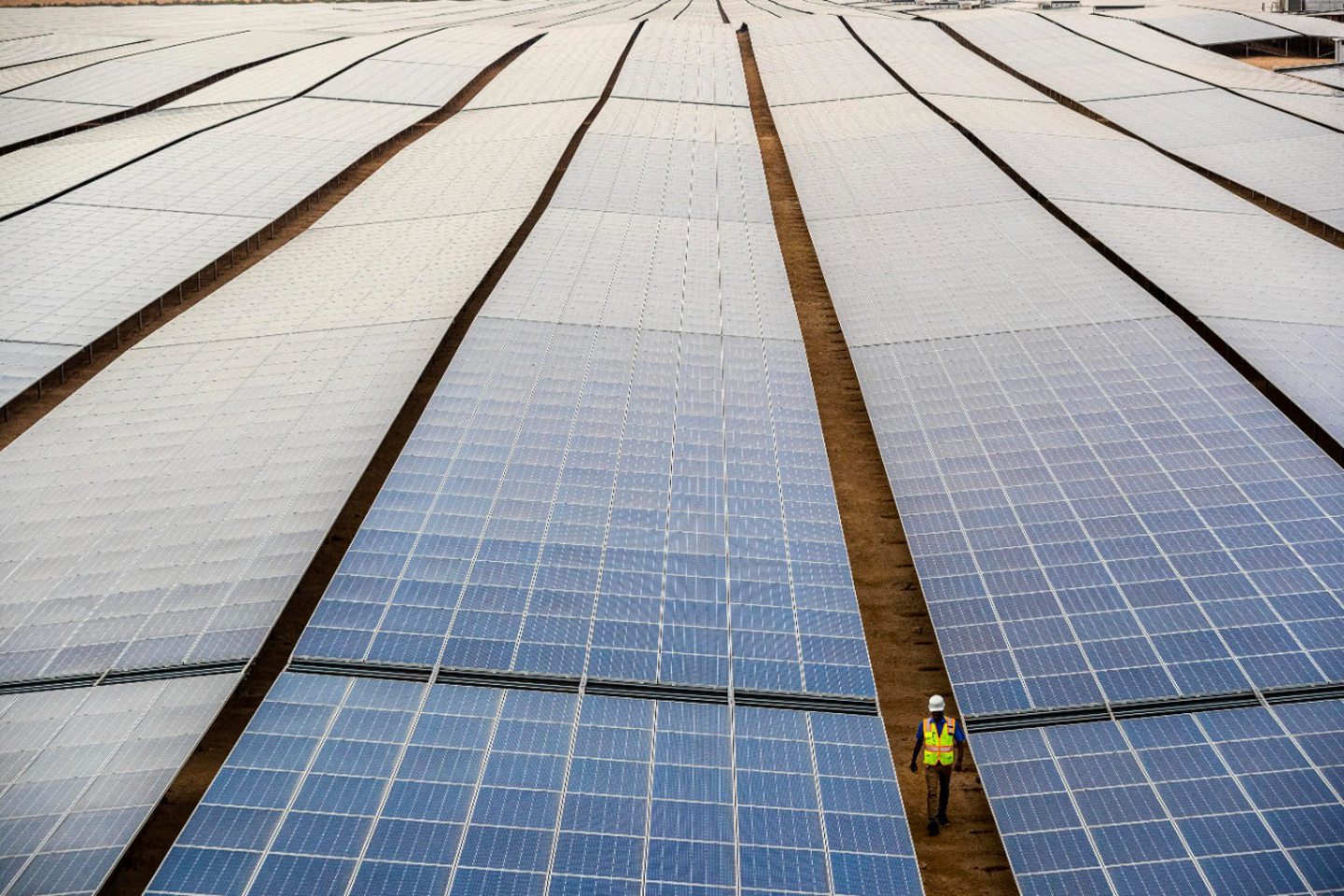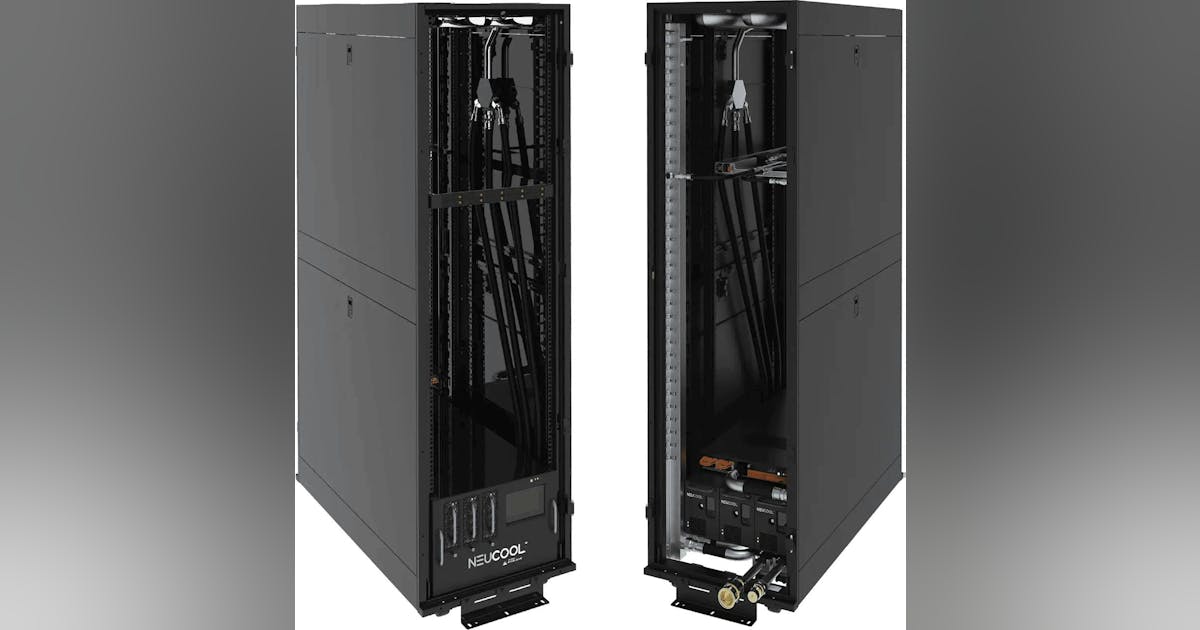
Uncertainty is the only certainty.
That’s what Ole R. Hvalbye, Commodities Analyst at Skandinaviska Enskilda Banken AB (SEB), said in an oil report sent to Rigzone by the SEB team on Thursday, adding that Brent “spike[d]… $8 before sliding this morning”.
“Brent crude prices have sharply rebounded since yesterday evening, reversing much of the steep losses seen during Tuesday afternoon and early Wednesday trading,” Hvalbye said in the report.
“From a low of $58.4 per barrel, Brent surged overnight to $66.1, marking an immediate and notable $7.7 per barrel recovery. The brent price has declined to the current $63.8 per barrel during the morning,” he added.
In the report, Hvalbye noted that market fundamentals remain sidelined as tariff rhetoric continues to dominate headlines.
“The latest rally is largely driven by geopolitical developments, as the U.S. president announced a pause on scheduled additional tariffs for most countries, while simultaneously escalating measures against China,” he said.
“In response to China’s retaliatory tariffs, the U.S. raised its tariff rate on Chinese goods to a high 125 percent,” he added.
“Meanwhile, the president signaled a 90-day pause on ‘reciprocal’ tariffs targeting other trade partners, including the EU, as a ‘reward’ for not retaliating. This establishes a temporary tariff floor of 10 percent for all countries excluding China,” he continued.
Hvalbye highlighted in the report that the market responded swiftly, noting that global equity and commodity markets surged, rebounding from recent lows.
“Asian markets rallied this morning, while in the U.S., the S&P 500 closed up 9.5 percent, its strongest day since 2008. The Nasdaq Composite climbed more than 12 percent, its largest single-day gain since 2001,” Hvalbye said.
“Crude prices are trading slightly down this morning, consolidating after the sharp rebound. Still, concerns over global oil demand persist, particularly in light of the growing trade rift with China,” he added.
“As of now, Chinese imports face a combined trade tax of 125 percent, following their own retaliatory increase to 84 percent,” he continued.
In the report, Hvalbye said forward Brent prices reflect a well-supplied market, with softer demand anticipated due to rising protectionism and larger than expected OPEC+ output increases.
“Adding to this, China’s March inflation data came in below expectations, indicating sluggish domestic growth even before the full effects of new tariffs are felt,” he added.
“Chinese policymakers are meeting today to discuss potential stimulus measures,” he continued.
In a market comment sent to Rigzone on Thursday, Wael Makarem, Financial Markets Strategists Lead at Exness, said crude oil futures remain volatile despite a strong rebound during Wednesday’s session.
“Oil prices declined on Thursday as U.S.-China trade tensions remain high, with President Trump raising tariffs on Chinese products to 125 percent,” Makarem noted.
“While a 90-day pause on tariffs for other countries was announced, the uncertainty stemming from the trade tensions weighed on market sentiment,” Makarem added.
“Concerns over global economic growth and oil demand have contributed to ongoing volatility in the oil market,” Makarem continued.
“While the market found support on Wednesday, the optimism surrounding the tariff pause may be short-lived, as demand-side risks persist, particularly regarding China’s economic outlook,” the Financial Markets Strategists Lead at Exness went on to state.
Rigzone has contacted the White House and the State Council of the People’s Republic of China for comment on the SEB report and Makarem’s comments. Rigzone has also contacted OPEC and the European Commission Chief Spokesperson for comment on SEB’s report. At the time of writing, none of the above have responded to Rigzone.
To contact the author, email [email protected]




















